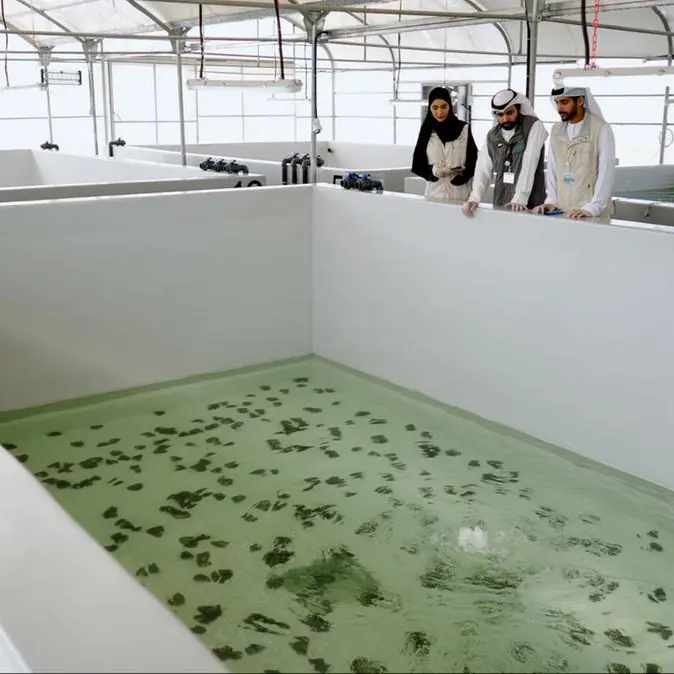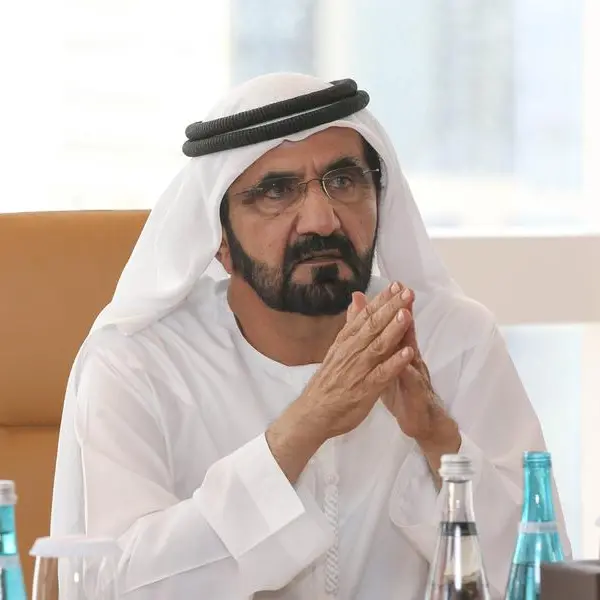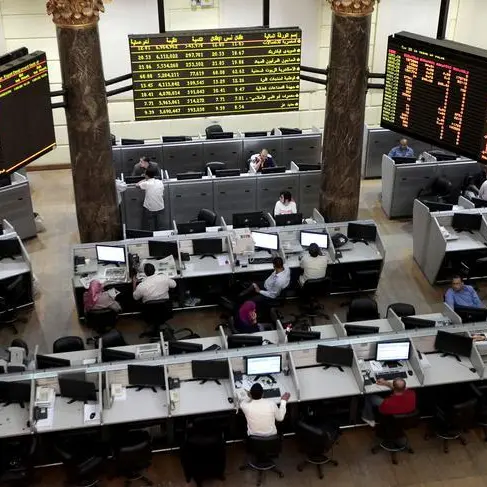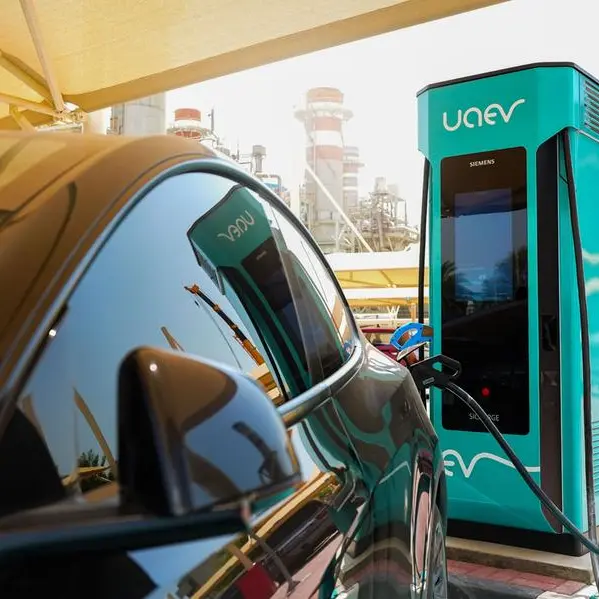The Kuwaiti Sovereign Wealth Funds, the oldest and largest funds in the world, are outperformed by its more ambitious neighbors in neighboring countries and according to “Bloomberg” news agency the sovereign wealth funds in the Middle East are emerging as investors heading to acquire some of the largest investment deals, reports Al-Anba daily. Bloomberg indicated that the Kuwait Investment Authority (KIA), which manages the $700 billion sovereign wealth fund, invested only $2.8 billion last year, compared to $25.9 billion by the Abu Dhabi Investment Authority and $20.7 billion by the Saudi Public Investment Fund, the agency quoted Diego Lopez, a consultant at data firm SWF Global as saying.
The Future Generations Fund managed by the Kuwait Investment Authority reported returns of 33% for the year ending in March 2021, the latest data available to the public. This included a return of 38% from the Kuwait Investment Office in London, an arm of the Kuwait Investment Authority. Many of the world’s dealmakers are turning to the region’s sovereigns, which collectively control no less than $3 trillion in assets, as a major source of funding while other investors back off.
Although Saudi Arabian General Investment Authority (SAGIA) officials could not be reached for comment, those familiar with the fund’s strategy say its current investments are doing well and that it prefers to remain modest and conservative. The dearth of high-profile deals represents a sea turn for the Kuwaiti fund, which was once among the most active in the region. Until recently, KIA was a leading global investor, with holdings in companies such as Black Rock Inc and Mercedes-Benz Group AG. During the 2008 crisis, it bought into banks, including Citigroup Inc, and achieved notable successes in the past, as it sold its stake in Citigroup Banking Group in 2009 for $4.1 billion, with profits exceeding $1 billion.
The KIO was also a prolific investor, participating in the US listing of the private equity firm TPG Inc. “Bloomberg” said the KIA does not officially disclose the value of its assets or the details of its investment strategy, and the data and interviews show that the fund’s activity has witnessed ups and downs in recent years rather than the information being completely absent, but the authority is still weak compared to regional competitors. Global SWF estimates that the $2.8 billion invested by the KIA in 2022 increased from $100 million in 2021. It should be noted that the Kuwait Investment Council was established in London in 1953, 8 years before the country’s independence, to invest surplus oil revenues and help diversify the economy.
The KIA is also the General Reserve Fund. “Bloomberg” said that since the beginning of the epidemic, most of the KIA investments have been made by its subsidiaries in the sectors of infrastructure, small investments in IPOs or listed companies and commitments to fund managers such as Invesco Ltd, BlackRock and Northern Trust Corp, according to Lopez. He added that over the past three years, SAGIA has been focusing more on selling assets rather than acquiring them, as it has divested from holdings in companies such as Viesgo in Spain, Rialto and Transgrid in Australia, and Thames Water in the United Kingdom. In March, it sold Euros 1.4 billion worth of shares in Mercedes-Benz after holding them since 1974. The fund said the sale of Mercedes-Benz shares was part of an effort to diversify its portfolio.
Meanwhile, Kuwait’s foreign exchange reserves at the end of last June was 13.44 billion dinars, a monthly decline of 3.84%, a decrease of 538 million dinars during the month, compared to 13.98 billion dinars in May, reports Al-Anba daily. The country’s foreign exchange reserves represent the total cash balances, accounts, bonds, certificates of deposit, treasury bills, and foreign currency deposits with the Central Bank of Kuwait. By calculating the liquid reserves, we find that they cover Kuwait’s import needs for more than 13 months, which exceeds the global average by 4 times, as the safe limit is considered to be Liquid foreign exchange reserves, excluding gold, cover 3 months of the average value of imports.
© 2022 Arab Times Kuwait English Daily. All Rights Reserved. Provided by SyndiGate Media Inc. (Syndigate.info).






















